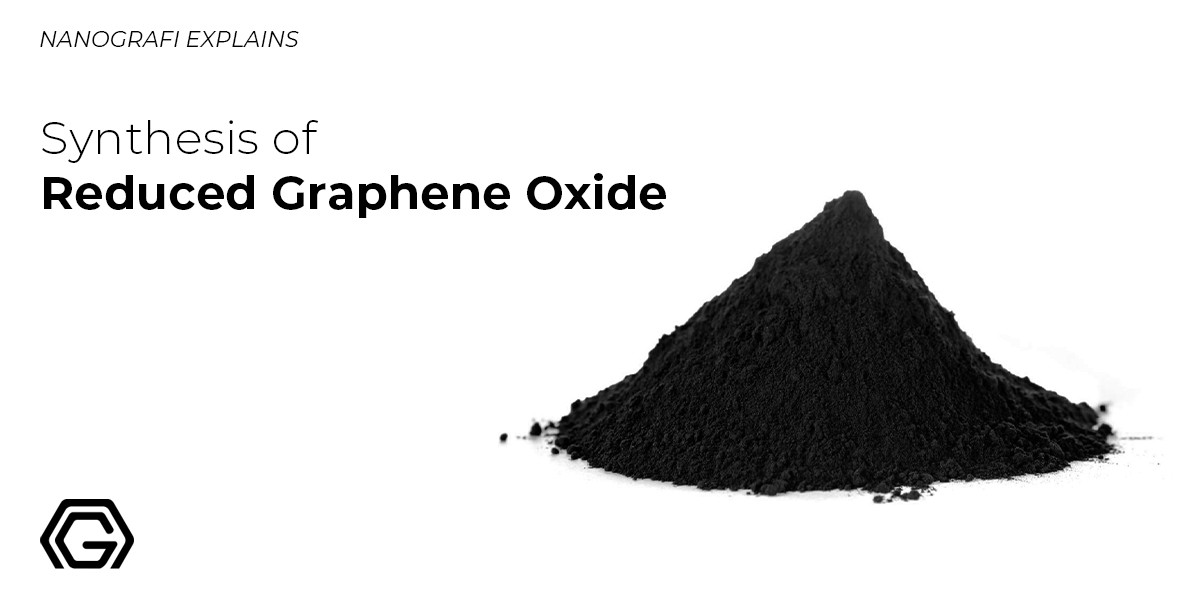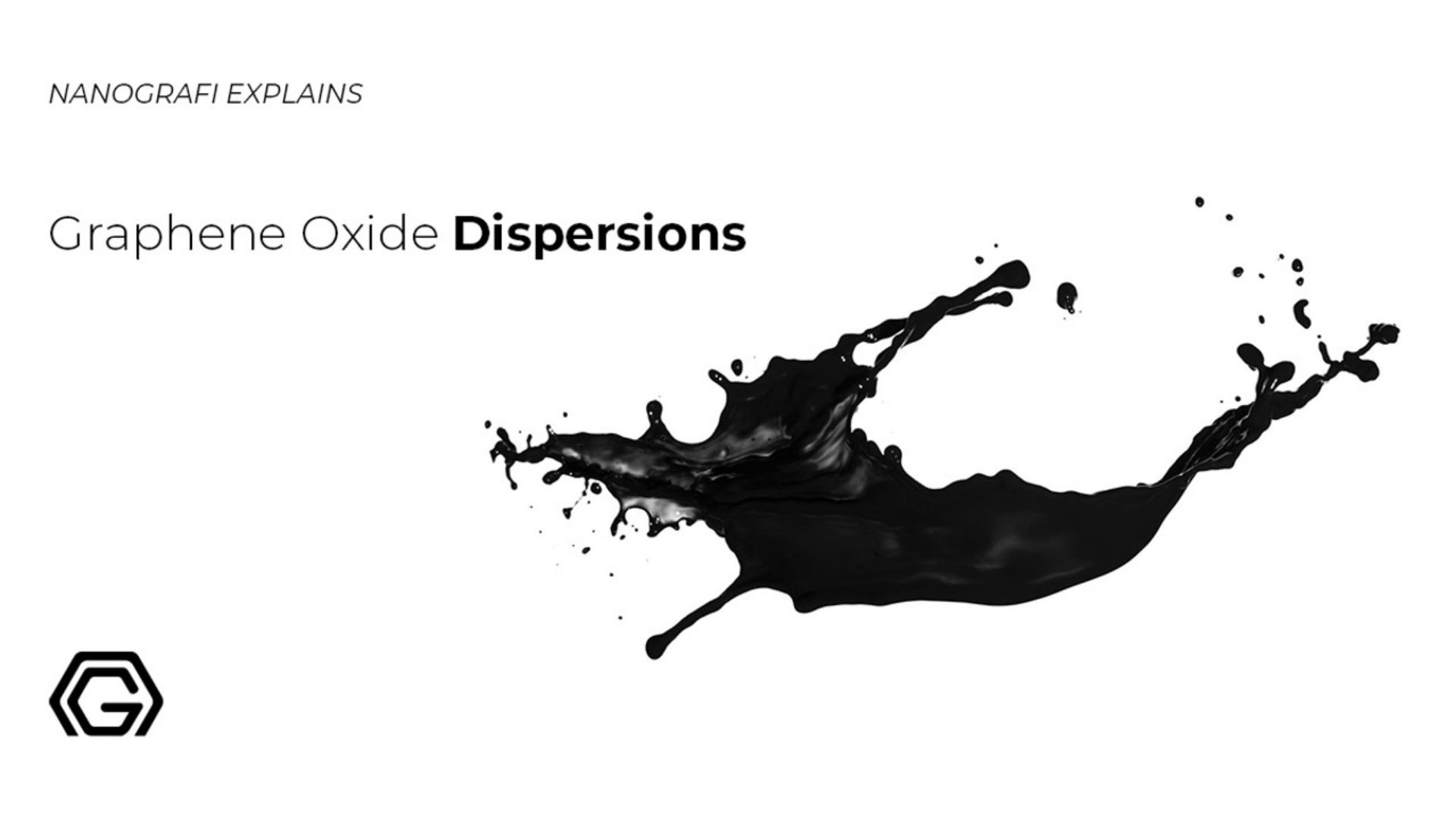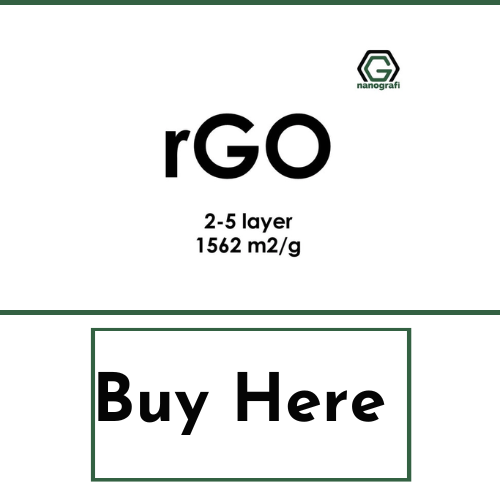Synthesis of Reduced Graphene Oxide
Graphene oxide is basically an electrically insulating material that is reduced from graphene and is considered as a highly conducting material with numerous applications in the fields of sensors, supercapacitors, nanocomposites, and nanoelectronics.
There are a lot of methods to synthesize reduced graphene oxide. Graphene oxide layers contain numerous functional groups serving in the oxidization of agents like epoxides, carbonyl, carboxyl, and hydroxyl at the entrance as well as basal planes. These functional groups are reduced in the presence of proper reducing agents in order to generate highly qualified and reduced graphene oxide sheets.
Introduction
In this method, natural flakes of graphite are used as the raw material for the synthesis of graphene. To begin with, flake graphite is exposed to oxidizing agents under vigorous physical conditions in order to achieve graphite oxide. In the next step, the layered graphite oxide is decorated with oxygen to adopt a large interlayer distance causing an easy exfoliation into individual sheets by ultrasonication to finally get reduced graphene oxide. The final step involves the gradual reduction of exfoliated graphene oxide sheets using a reducing agent to finally obtain a fine powder of reduced graphene oxide. The characterization techniques such as Fourier transform infrared spectroscopy, scanning tunneling microscopy, and x-ray diffraction are employed to approve the synthesis of reduced graphene oxide.1
What is Graphene Oxide?
Graphene oxide is most similar to graphene itself with both of them having the same hexagonal carbon lattice. However, the graphene oxide sheet is generally distorted where it binds to oxygen groups. In fact, graphene oxide is deemed to be the number one source for the industrial production of graphene over the years with increasing applications including the transparent conductor, inorganic photovoltaic cells, and potential materials for an electrode in Lithium-ion batteries. Up to this point, several theoretical models have been suggested for the fundamental determination of the graphene oxide structure in the literature with a lot of controversies. The main reasons for all the controversy in the structure of graphene oxide are the sample-to-sample variability of two different synthesis methods, the amount of amorphization, the degree of oxidation, the non-stoichiometric nature of graphene oxide as well as the limited resolution in the employed characterization techniques. Despite all the efforts and the failures in suggesting a comprehensive structural description, the precise determination of graphene is still worth studying since it can considerately improve the understanding of the reduction and functionalization leading to promising outcomes in graphene synthesis and production.2
To find out more, you can read the properties of graphene oxide dispersions here.
Reducing Agents to Obtain Graphene Oxide
Numerous agents have been introduced as reducing agents in chemistry. The first well-known reducing agent, hydrogen disulfide (H2S), was first suggested in the 1930s which was followed by a huge number of reductants qualified enough to be employed as agents in the graphene oxide reduction process. Specifically, the most common reducing agents for graphene production from graphene oxide comprises NaBH4, HI3, hydroquinone, dimethyl hydrazine, hydrazine hydrate, Zn, and Fe powders. Among all the common reducing agents, hydrazine has turned out to be the best reductant in terms of leading to reduced graphene oxide with excellent structural electrical properties to represent pristine graphene. Nevertheless, the environmental threats of hydrazine to living organisms have encouraged researchers to replace it with other reducing agents as qualified as it is 3. The reduced graphene oxide represents a series of materials with distinct physicochemical properties mostly because of the source of graphene oxide with different oxygen-containing functional groups mentioned earlier (hydroxyl, carboxyl, and epoxy groups). Although there are several reports on different applications and aspects of graphene oxide and reduced graphene oxide, the need for a comprehensive study of chemical and physical property variations concerning the reduced graphene oxide with distinct levels of oxygen from the same graphene oxide seems essential. 4
Graphene Oxide Reduction Techniques
In order to figure out all properties of the reduced graphene oxide, it is useful to carry out the stepwise reduction of the same graphene oxide with distinct oxygen-containing functional groups as well as their corresponding colloidal and chemical behavior. In so doing, a grade of graphene oxide with 49% oxygen in its structure is reduced to obtain reduced graphene oxide containing 31, 19, and 9% oxygen. The reduced graphene oxide reduction level is supposed to change its aqueous dispersibility. In addition to its chemical behavior, it can lead to ecological consequences as well. A method to obtain reduced graphene oxide based on the stepwise technique is adopted through which various amounts of zinc is added to the solution containing 200 mg of graphene oxide dispersed in 15 mL of water and sonicated for 10 min in order to achieve a homogeneous solution. The next step, hydrochloric acid is until the pH of the solution is 2. 4
By using sodium borohydride (NaBH4) as the reducing agent, the reduced graphene oxide with desirable electrical conductivity could be obtained. The reduction of graphene oxide in this method is processed in a large scale in a solution containing 300 mM aqueous solution of sodium borohydride at 80 °C within a period of 10 minutes yielding a product with the conductivity increased as many as five times compared to that of previous methods. During the course of 1400 minutes of the reaction, a decline in the reduction is observed resulting in reduced graphene oxide’s conductivity by 1500 s/m. A remarkable increase in the conductivity is recorded during the first 8 to 12 minutes of the reaction mostly because of the reduction of hydroxyl or epoxy groups proving the functional group attack of sodium borohydride on the hydroxyl group rather than others 5. Recently, green reduction methods have been adopted for the reduction of graphene oxide to yield graphene in order to avoid the environmental hazards of conventional reducing agents. Ascorbic acid is known as the first environmentally friendly reducing agent mostly recognized as the best alternative to replace the toxic hydrazine. Besides ascorbic acid, several alternatives which fit the standards of green chemistry have been introduced including plant extracts, microorganisms, sugars, organic acids, antioxidants, proteins, and amino acids. Although these reducing reagents are green, they could still have some limitations with some of them needing a supporting agent the process a desirable reduction. Ascorbic acid has called huge attention to the reduction of graphene oxide purposes. 3
Conclusion
Graphene oxide is extensively utilized as a precursor for the industrial production of graphene based on chemical exfoliation and chemical vapor deposition (CVD) methods. Graphene oxide with its thin layer behaves like an insulator because of the presence of numerous oxygenated functional groups as well as defects resulting in the feasibility of incorporation. Considering the hydrophilic structure of graphene oxide, it can easily be dispersed in aqueous solutions. In fact, graphene derivatives' covalent functionalization is specifically based on the reaction of functional groups on graphene oxide and its surface making it and is an attractive agent for research concerning graphene oxide in combination with polymers for the backbone of graphene aunt nano metal oxide composites bio trivia logical systems and conducting polymer for electrical enhancement.
To discover the latest articles in graphene oxide and reduced graphene oxide, you can visit Blografi.
References
Azizighannad, S. & Mitra, S. Stepwise reduction of Graphene Oxide (GO) and its effects on chemical and colloidal properties. Sci. Rep.8, 1–8 (2018).
De Silva, K. K. H., Huang, H. H., Joshi, R. K. & Yoshimura, M. Chemical reduction of graphene oxide using green reductants. Carbon N. Y.119, 190–199 (2017).
Explained: Graphene, Graphene Oxide, and Reduced Graphene Oxide and Applications - Nanografi Nano Technology. (n.d.). Retrieved April 19, 2024, from https://nanografi.com/blog/explained-graphene-graphene-oxide-and-reduced-graphene-oxide-and-applications/
Graphene Oxide Dispersions - Nanografi Nano Technology. (n.d.). Retrieved April 19, 2024, from https://nanografi.com/blog/graphene-oxide-dispersions/
Guex, L. G. et al. Experimental review: Chemical reduction of graphene oxide (GO) to reduced graphene oxide (rGO) by aqueous chemistry. Nanoscale9, 9562–9571 (2017).
Luo, H. A Theoretical Study of Graphene Oxide Chemical Structure. 44 (2017).
Reduced Graphene Oxide (rGO) - Nanografi Blog - Nanografi Nano Technology. (n.d.). Retrieved April 19, 2024, from https://nanografi.com/blog/reduced-graphene-oxide-rgo/
Thakur, A., Kumar, S. & Rangra, V. S. Synthesis of reduced graphene oxide ( rGO ) via chemical reduction Synthesis of Reduced Graphene Oxide ( rGO ) Via Chemical Reduction. 080032, (2017).
Recent Posts
-
MXenes from MAX Phases
MXenes, a group of two-dimensional materials derived from MAX phases, are gaining significant tracti …19th Oct 2024 -
Preserving History with Graphene's Power
Cultural artifacts are at risk of deterioration over time due to the destructive effects of both na …11th Oct 2024 -
The Role of Graphene in Neuroelectronics
Neuroelectronics is an interdisciplinary field that aims to develop devices that can interact with t …4th Oct 2024







